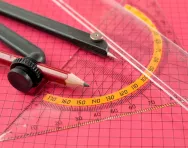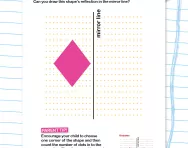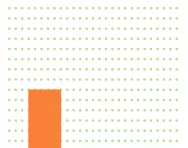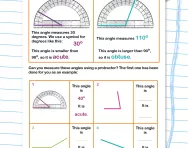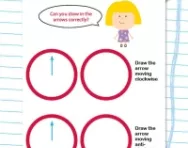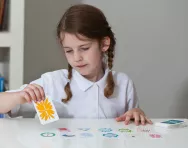Important update from TheSchoolRun
For the past 13 years, TheSchoolRun has been run by a small team of mums working from home, dedicated to providing quality educational resources to primary school parents. Unfortunately, rising supplier costs and falling revenue have made it impossible for us to continue operating, and we’ve had to make the difficult decision to close. The good news: We’ve arranged for another educational provider to take over many of our resources. These will be hosted on a new portal, where the content will be updated and expanded to support your child’s learning.
What this means for subscribers:
- Your subscription is still active, and for now, you can keep using the website as normal — just log in with your usual details to access all our articles and resources*.
- In a few months, all resources will move to the new portal. You’ll continue to have access there until your subscription ends. We’ll send you full details nearer the time.
- As a thank you for your support, we’ll also be sending you 16 primary school eBooks (worth £108.84) to download and keep.
A few changes to be aware of:
- The Learning Journey weekly email has ended, but your child’s plan will still be updated on your dashboard each Monday. Just log in to see the recommended worksheets.
- The 11+ weekly emails have now ended. We sent you all the remaining emails in the series at the end of March — please check your inbox (and spam folder) if you haven’t seen them. You can also follow the full programme here: 11+ Learning Journey.
If you have any questions, please contact us at [email protected]. Thank you for being part of our journey it’s been a privilege to support your family’s learning.
*If you need to reset your password, it will still work as usual. Please check your spam folder if the reset email doesn’t appear in your inbox.
What are clockwise and anti-clockwise?
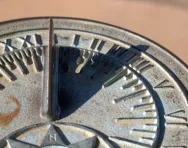
What are clockwise and anti-clockwise?
When something moves in a clockwise direction, it is moving in the same direction as the hands on the clock:
When something moves in an anti-clockwise direction, it is moving in the opposite direction: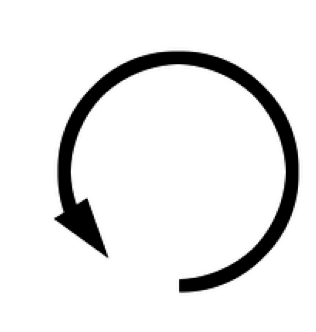
The language of direction in primary school
Children start learning the language of direction in Year 1, when they talk about whole, half, quarter and three-quarter turns.
By the end of Year 2, they should be able to talk about these turns, but to explain which direction they are going in, clockwise or anti-clockwise. During Year 2, children will also learn to tell the time to the quarter hour, so they should be aware of the direction the hands on the clock go.
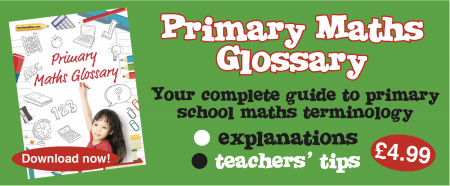
Teachers will help children practise directional language by:
- getting them to stand up and make quarter, half and whole turns in either a clockwise or an anti-clockwise direction
- putting the children into pairs and asking them to give each other directions
- giving the children a small doll or figurine and giving them activities where the doll has to be moved in a certain way.
Learning about quarter, half and whole turns is the foundation for learning about angles, a concept which is built on gradually, year after year.
In Year 3, children will need to recognise right angles and to know that two right angles make a half turn, three make three-quarters of a turn and four a complete turn.
In Year 4, children need to know about acute and obtuse angles..
In Year 5, children start using a protractor to measure acute, obtuse and reflex angles. Throughout this time, they will still need to be aware of turning either clockwise or anti-clockwise. Children also need to calculate angles around a point, on a straight line and within 90°.
Children who are in Year 6 need to rotate shapes through 90˚ or 180˚ either clockwise or anti-clockwise. They will need to use a protractor to measure and draw angles and calculate angles in a triangle or around a point. An example question they might come across is:
Rotate this shape 90˚ clockwise about the vertex marked in red:
The shape would need to be rotated so that it was in this new position (light orange):
Another example question could be:
Rotate this shape 180˚ anti-clockwise about the vertex marked in blue.
This (light) purple shape shows where the rectangle would be after this rotation.
These exercises show how it is important for children to be made familiar with clockwise and anti-clockwise turns throughout their time at primary school. Often children will find visualising the shapes difficult, so teachers may cut out shapes for them so that they can physically move them around.
Year 6 children also need to find unknown angles in triangles, quadrilaterals and regular polygons.

